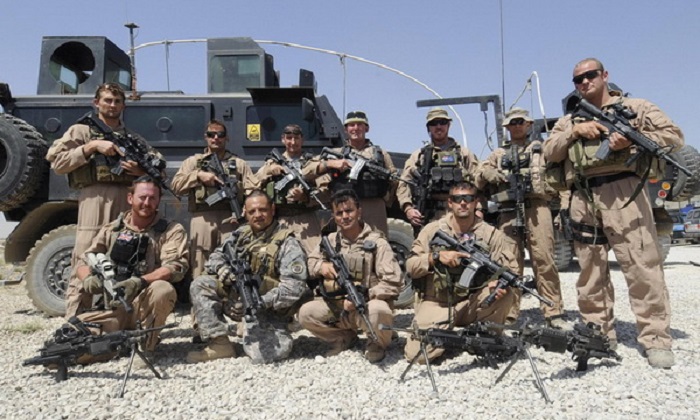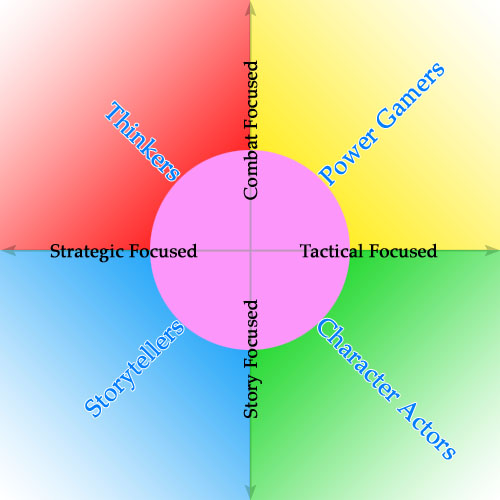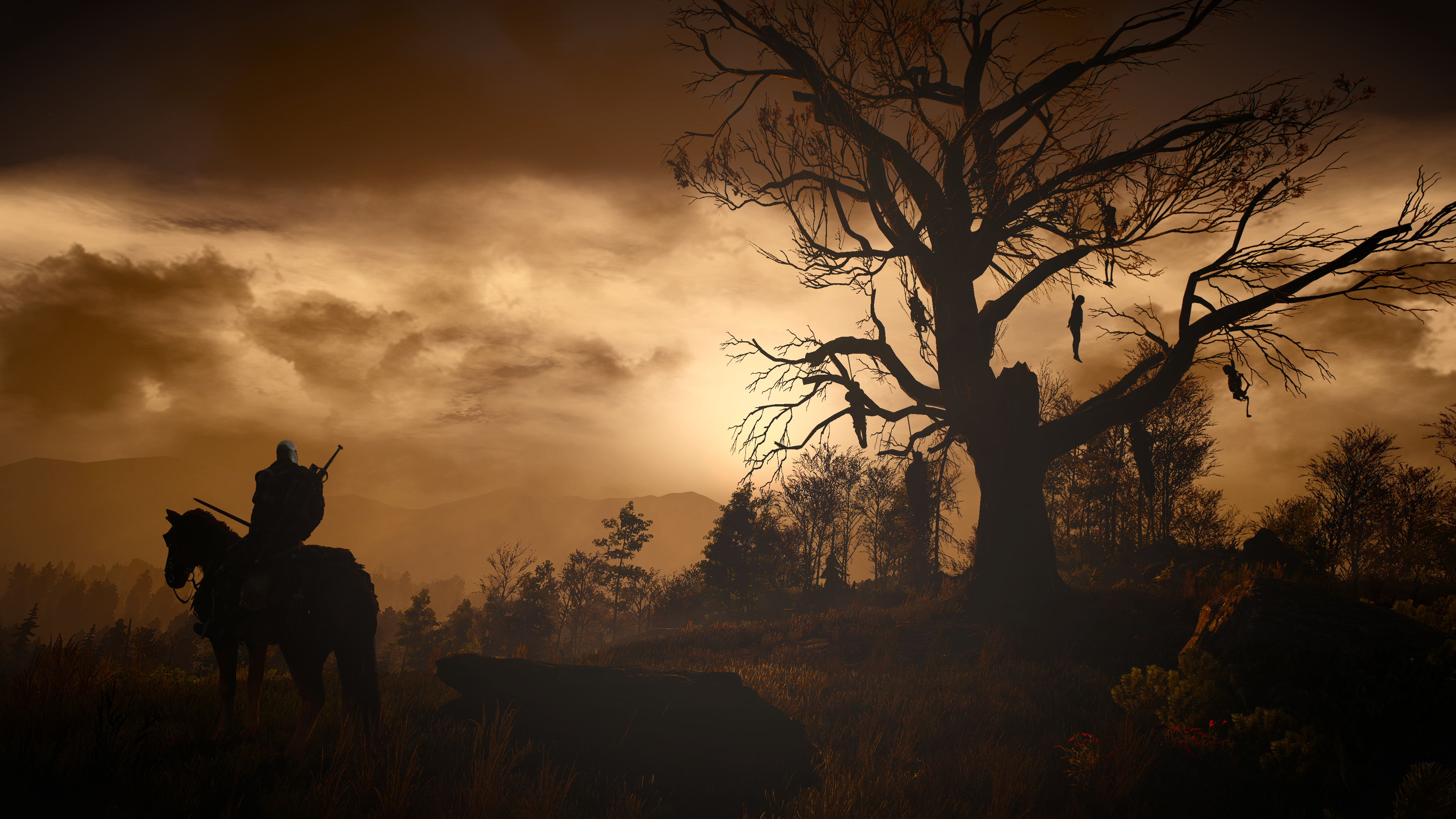
When I’m running a campaign — Shadowrun, D&D or Call of Cthulhu — I’m constantly expanding the universe I put my players in. I like the setting to be internally realistic, and as a result I am constantly reading up on things. For my last Shadowrun campaign, I dove into vault lines, volcanos, radio activity, extreme weather conditions, etc.
I came across something on the World Building Stack Exchange that I thought was interesting, and I thought I’d share. Someone asked why private military companies would keep their troops stationed in unstable places. The first answer was a great insight into the world of PMCs, mercenaries, and it gave a good background information for Shadowrunners and how they must live their lives.
The original link can be found here, but I’ve also copied and pasted the relevant bits here, in case the link goes dead.
Original Post
I’m writing a story, based off of the Stars Without Number system. Now, there’s one thing bugging me, and that’s that the military contractors and bounty hunters and the like are all congregating in the war-torn areas, waiting to be hired, instead of relaxing in luxury, waiting to be called.
There’s mostly reliable, long-distance superluminal communication, but only in the sense that you can put a message on a ship (or into the ship’s computers) and have that ship carry it, mostly reliably, between systems.
How can I explain why PMCs would do anything but stay at home, waiting to be hired to fight?
Top Rated Reply
Not sure quite what definition you want to give of “being a mercenary”, but I spent a few years as a contractor in Africa, Asia and the Middle East after leaving the Army, so I can tell you why I spent a bit of time wandering around the smellier parts of the world between contracts.
Connections
You get hired and find contracts by making sure people know you. I was in Special Forces for 6 years, and in a tiny community like that your reputation is everything. Once you get out it is the only way you get good contracts, too — not by applying for them, but by getting cold-called by someone you know and already worked with before.
But the longer you’ve been out of the military where assignments aren’t your decision and you meet new people as a matter of course, you wind up becoming slowly isolated. Whatever sort of work you have been doing is the only way you meet people if you’re only in the ugly parts of the world when you’re on contract. That means you only meet people who do the same kind of work as you, and pretty soon your old contacts change careers (nobody does this forever, not unless they get paid extremely well — but its actually feast-or-famine, and that begins to wear on you). Over time your contacts go stale, contracts become less frequent, wars end, new wars start in places you’ve never been, rules change, industry players change, empires come and go, languages you know becomes useless, etc.
We watch all this firsthand, which is why we know that we can’t count on being comfortable, ever, and absolutely none of us trust things like pension programs after watching entire governments implode overnight. That also means we don’t have much faith in getting a next call while we’re a world away sitting on our asses enjoying the good life. Yes, you do that a little, but only when you know you already have a contract lined up to go back to.
Location location location
So what does one do? Why do programmers looking for easy cash from VCs they can blindside with a storm of buzzwords migrate to San Francisco? Its one of the absolute worse places to run a company, but its one of the best for starting a company simply because the community is there. In the same way one might wonder why I would wander around a shithole like Baghdad or take a trip to Mali when job hunting? Because the community is there.
Its not just bases and checkpoints and whatnot. Those of us who have to stay there a lot begin doing more pleasant things with our time. Some start up private bars, open restaurants, hire stranded immigrant workers who were screwed over by their former employers and start a service shops that handle things people like us know are needed (vehicle repair, gear cleaning, safe parcel delivery, couriers, good alcohol smuggling, proper medical supply import, etc.). We tend to those things when you’re not on contract, meet local girls (“local” as in she’s there, and so are you for the moment), train with each other partly as play and partly to keep skills alive (and its fun), etc. and keep making contacts. It takes a little effort, but you can make life comfortable for yourself in the middle of the never-ending nightmare that is most of the world.
Most of us are, if not friends, at least cut from the same cloth. We’ve had similar experiences. We like to swap stories and lies with one another over a drink. We like to roll and box with each other for fun. We have beer shoots on the weekends sometimes (loser buys for everyone). Very few of us can train much back home. People at home sincerely do not understand a huge part of our lives. We come from the same dozen or so countries. We speak, if not the same language, the same 2 or 3 common pidgins. Its a comfortable place, even if its a rough one. And sure, maybe a few towns over people are getting their houses knocked over and roughed up by the local gangs or whatever, but nobody comes to mess with our little cobbled together neighborhood in that way. So yeah, its less safe than living in, say, Austin, but its a lot safer than the general violence statistics for the region would make it appear. And that’s just better for us — less competition.
We’re feeding off of the chaos
Most of the world is not very well planned out. When a crisis occurs and a bigshot needs to go somewhere bad in a big hurry there simply isn’t time to establish a strong guard force and mobilize it. Most countries don’t even have decent diplomatic security forces, so external contractors are a necessity.
Usually an office that is already in position will get a call at the 11th hour with a desperate need for diplomatic security. Not ten minutes later a few of us are running up and down the street knocking on doors, calling each other “Do you have any solid guys and a few locals you can bring on a run to X in two days?” and “Hey, do you still have that bigass armored bus? How about the bricked-out Mercedes and the Rhino, are they out of the shop yet?” and so on.
The next day we’re all out, not officially on contract yet, but we’re already rehearsing, making sure everybody knows what to do. One major advantage of working in a group like this is that you generally only need to rehearse actions-on, get guys new to a particular technique or scenario up to speed, and cover a few contingent actions. That’s a lot different from having to rigidly train core skills because most of the trigger-pullers are privates who just left home for the first time. (The general age range of the guys I prefer to work with is 30~60 — and don’t let 60 throw you off, there is this freakish phenomenon we call “old man strength” and its totally real.)
A few days later we’ve swapped out our patches and hats for whatever logos the prime contractor has and are standing all clean and pretty at the airfield waiting to meet the guy who is paying for the party.
From the outside I suppose it looks like Xe (or Blackwater, or whatever they are now), or Triple Canopy or Aegis or whoever appear to be some full-time private military force you can just hire on short notice — but that doesn’t mean they have a barracks in Florida or Cape Town and are just waiting for the green light. Its expensive to have us around, just eating through corporate profits. They assemble their forces from people they already know right then and roll. (The really huge contracts that cover a whole warzone may wind up being slightly different in effect, because those contracts may be ongoing for 5 years at a time, but even those stories must eventually end.) The only people with some level of job security are the country/region managers and up. The polite girl who used to call me from Virginia to tell me my travel routes, for example, had much better job security than any contract lead ever would.
That’s just diplomatic security. There are plenty of other contracts like training foreign militaries, providing direct QRF support, high-value recovery (sort of borderline legally), K&R response, countersurveillance, and some other stuff for example, but the way you get to know each other and find your next job tends to be the same: by being out there, being well known, being likable, making friends, working lower-paying contracts that involve a ton of people to have a chance to meet some other guys, and remembering who the dirtbags were so you can avoid them in the future.
It sounds bad to say “we feed off the chaos”, but that’s true. But its also true that the chaos is never-ending, people suck, nothing is stable, and nobody gives a crap about your problems but you and maybe your family. Its not going to get any better, and it hasn’t been any different throughout history — we’re just this season’s leaves, soon to be swept away whether we spend them shivering in our beds trying to stay safe or out there sweating, trying to get some cash together so we can get out of the crappy places of the world and start a family somewhere less screwed up.
So in the end…
Why do gravitate to the eye of the storm? Because in a world with no job security you have to make your own luck.
What about the organizations?
The above discussion was all about the people involved, explaining some of the reasons why I would occasionally hang around nasty places while off contract or at least spend my off-days while on contract making sure I had a good shot at having another contract one later on (or finding a better one right away if the current one paid peanuts but was super dangerous for no reason). That’s all about us guys who are on-off contract every few months (or whenever the phone rings) and have no job security. The companies that are actually getting the contract awards have slightly different, but related, reasons to always have a presence in a disturbed region.
Contracting companies don’t really have any job security, either. Any given conflict will eventually end, and — contrary to the hilariously off-base conspiracy theories that PMCs “cause conflict to profit off them” — peace could break out at any time. But this is Earth. We can rest easy in the knowledge thatwar is a natural state of mankind. The trick is, just like owning a chain of grocery stores or selling fire insurance, you have to diversify your presence and product offerings to make sure you’ve got market coverage if you want your company to survive beyond a sing huge conflict. (A lot of PMCs have come and gone just around the Iraq conflict. Others will come and go elsewhere. A few have a semi-permanent presence on the eternally screwed up continents.)
When everything goes to crap and the local embassy or company office needs to source something locally, it is a very good thing if you’ve already got a point of contact in country. Nothing fancy, just renting a one-room office or keeping a local on hire to answer the phone. If operations are fairly regular, though, like when a larger trend of conflicts is ongoing, it is absolutely impossible to keep up with regulatory requirements. Your job is, after all, to wield lethal force. In reality you do this every time you move a chair, pick up a rock, throw a baseball, grab any kind of farm tool you can imagine, or get the cutting board from under the sink… but that’s not how regulators see things. (And before you say “but you don’t wage wars with rocks and knives and stuff” — that is precisely what insurgents do.) Sourcing the best weapons money can buy in a country like the US, UK or France is not terribly difficult — but shipping them out sure is. The other side is even harder: getting authorization to ship weapons into a warzone. Now that last bit is highly ironic given the typical glut of weaponry just laying around and the fact that there is usually a vibrant black market in action — but it is absolutely insane the layers of paperwork, ass-kissing, bribing, cousin marriages, and personal relationships you have to maintain to ship a container of 30 rifles from Arizona to Pakistan.
Given that doing things the 100% legal way involves insurmountable regulatory hurdles, and to even be allowed to do things legally one must do the illegal stuff anyway to grease the skids on the operation (the bribes, cousin jiggering and relationships part) the path of least resistance is usually to source and maintain weapons locally and then make that legal by way of the bribes and whatnot. The end result is that you have mountains of paperwork to do (once your cache is made legal it will have to be registered and maintained by an armorer), but its done quickly and you have access to what you need now (money and arms) instead of never getting the operation off the ground because someone else can beat your price and timeline by sourcing locally. Its a race to market! But maybe not the sort of race to market everyone is aware occurs.
The tradeoff is money (flexible) and time (inflexible) in exchange for a much lower availability of the weapons you want to use. In a big theater like Iraq or Afghanistan its not so hard to get real M-4’s and things, but they will often be Bushmasters instead of Colts, for example (and when the the teeth on the bolt break while you’re firing… you really hope the rest of them hold until you can maybe find a new one and a new barrel, which is anything but certain). In a smaller theater you are rarely that lucky and will have to settle for unreliable remakes (that look good, but don’t sound so good), crappy magazines (failure to feed == failure to fire), ill-maintained former stockpile gear (that works, but requires some rehabilitation work), former Soviet stock (contrary to the popular image, the AK-47 and PKM are not the first choice of most discerning infantrymen…), or a big fat pile of “frankenguns”. And that’s just guns! The situation with ammunition is absolutely laughable most of the time (protip: practice stoppage drills).
[Frankengun: A firearm, usually of Soviet design, that is assembled from the not-yet-totally-broken parts of a collection of other guns that used to work. This is particularly common with PKMs, which are already bad enough when they are in factory condition compared to an M-240B* or an MG-3**.]
* or MAG-58, or M-60, or... ** or MG-42, or MG-11, or MG-53, or... See, guns have lineages, too! The PKM's line had a lot of inbreeding...Where individuals trying to find contract work hang around to be known and put themselves in the right places at the right times, companies hoping to score prime contracts have to have an early logistical presence and maintain it in order to be confident they can service any contracts at all.
EDIT
In the spirit of this answer I’m preserving a thread that occurred in comments below that will certainly be lost to moderation eventually.
tl;dr: A tech contractor who worked for a PMC some of the same places I have asked some details about where the tactical contractors hang out and we had some back and forth. Ultimately, I want to keep in touch with the guy. This is partly out of habit, partly to reminisce, partly because I sense a kindred spirit, and partly because who knows when it might be a good thing to know another guy who does PMC work that is into tech?
This is what I am talking about in terms of contractors sticking together like a tangle of Christmas-light-string shaped magnetic fishhooks.






